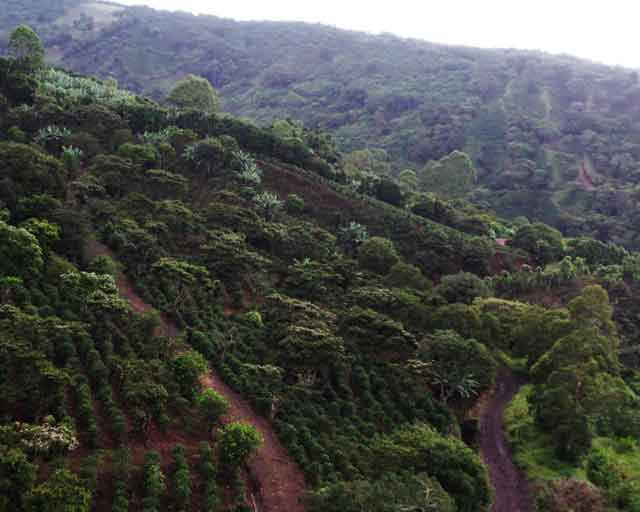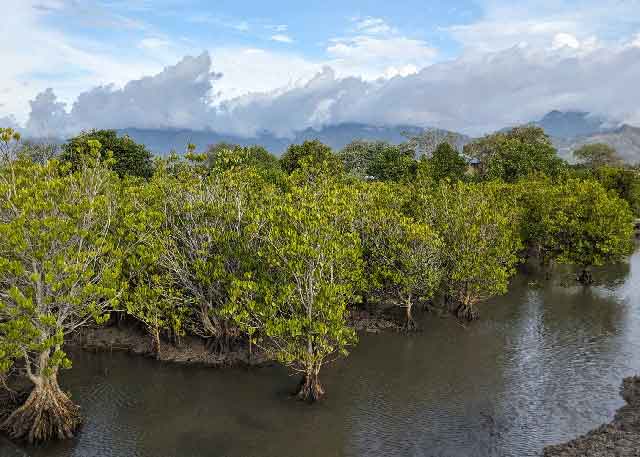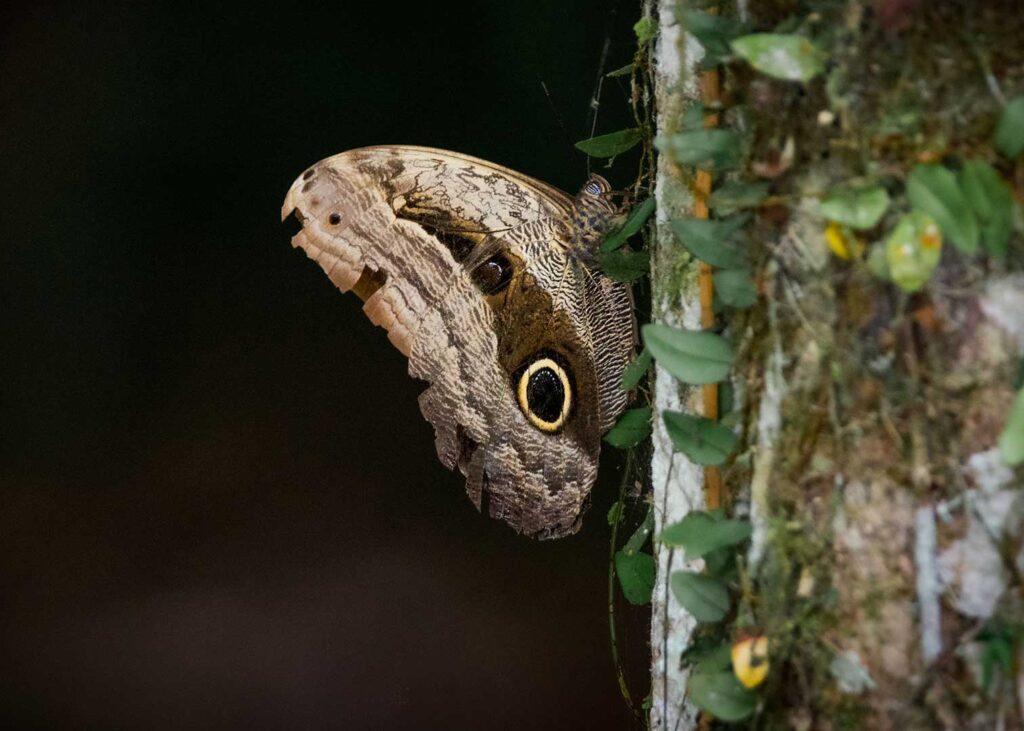Coastal ecosystems are essential assets to global communities, who often rely on them for their livelihoods. These areas supply people with abundant resources, which sustain food sources and fishing industries—while also protecting people from storms and tsunamis, creating natural barriers that reduce erosion and prevent flooding.
Yet the benefits of these ecosystems extend far beyond their impact on people. Healthy coastal ecosystems are also powerful forces for mitigating climate change through their role in “blue carbon”—which refers to carbon that is captured and stored in marine habitats, such as seagrass meadows, tidal marshes, and mangroves.
The vast potential of blue carbon projects to sequester emissions cannot be underestimated—
with the capacity to store approximately 3% of the world’s annual greenhouse gas emissions
So what is the role of communities in protecting coastal and marine ecosystems? Is blue carbon possible without the direct support of communities, leveraging their skills and local knowledge to secure its impact?



